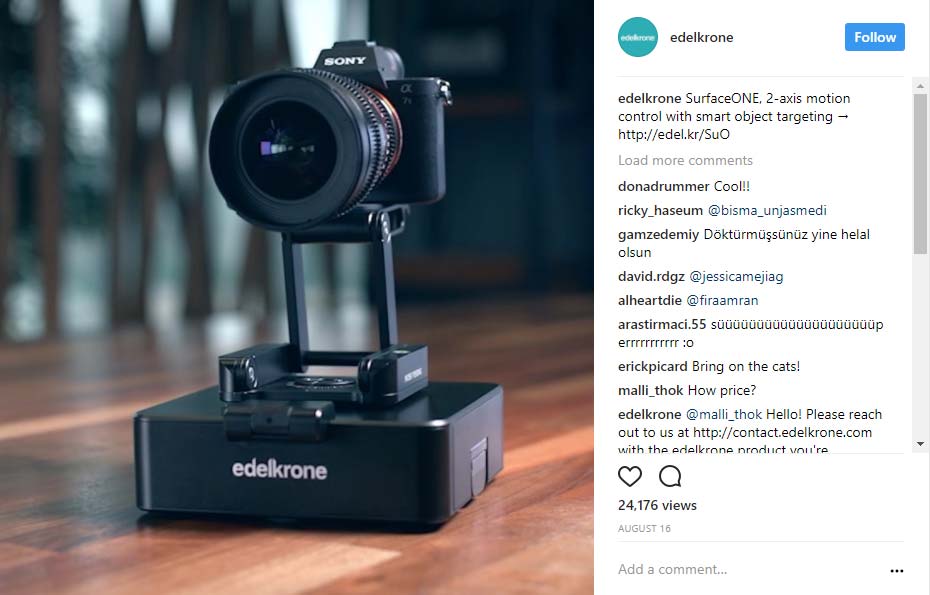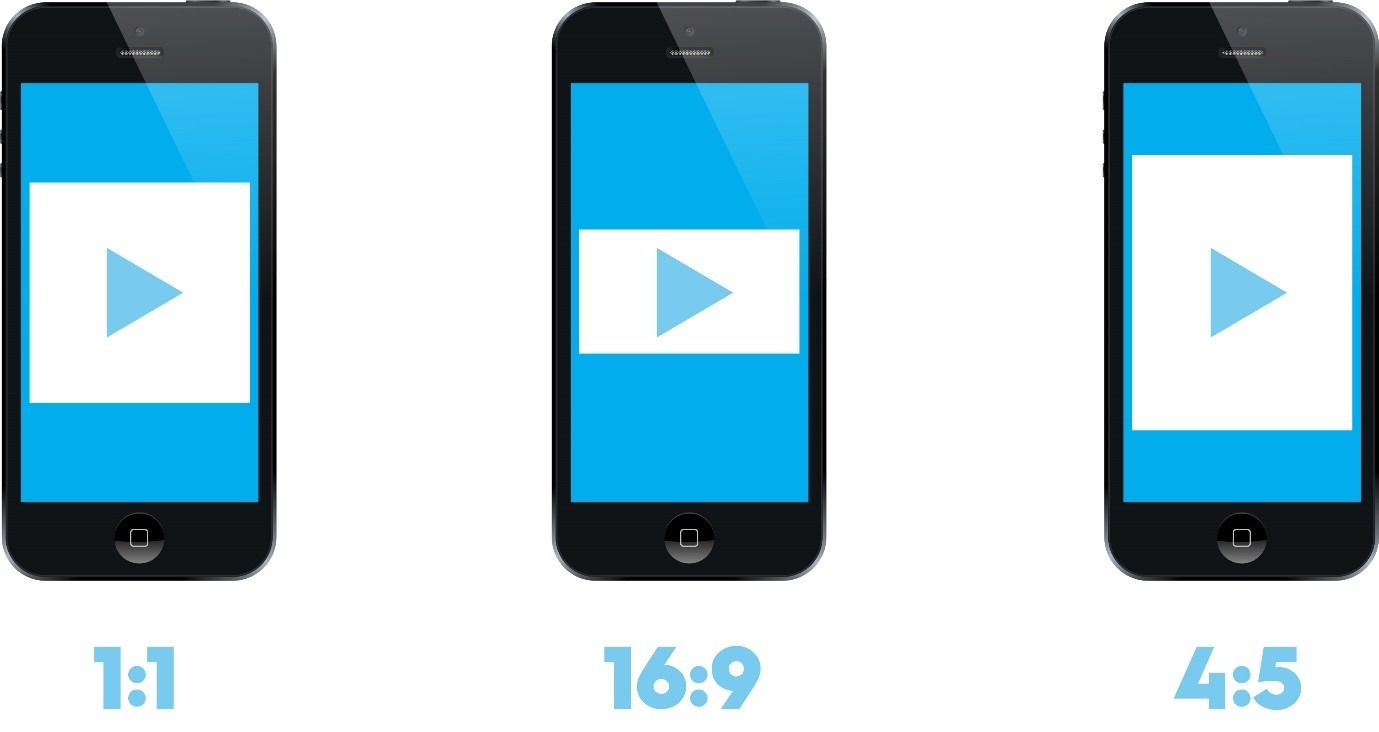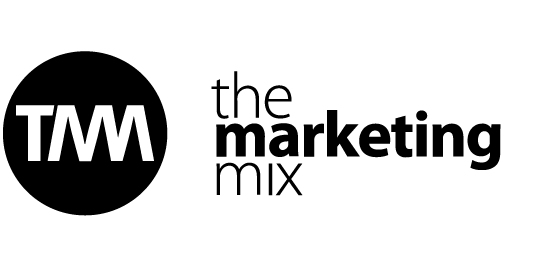How to cut the right video for the right social media channel
A few days ago, whilst trawling through a sea of online content I found myself watching a video from a Retro Cruiser biking company on YouTube. The video itself was so well produced I’d swear they head hunted Mark Romanek to direct it. I honestly found myself engaged throughout the entire 5 minutes of the video.
While I’m not currently looking at dropping $1000+ on a new pushbike, I must admit that if I ever wanted an upgrade I’d seriously consider one of their uber trendy treadlies. Clearly their advertisement was on point!
Seeing that I thoroughly enjoyed the wow factor of their YouTube promotional video, I thought I’d dig a little deeper and scope out what other campaign content they had shared across their socials.
My exploration uncovered that the same 5 min video was placed on their website and shared on their Facebook via a YouTube link – not as a direct Facebook video upload! This had me thinking “If only I was on this campaign!” The cogs were in motion and a few potential solutions came to mind immediately.
Lastly, I scooted over to Instagram to check out their feed, where they had some lovely pics of their cruisers in action but unfortunately I saw no utilisation of video which is what kindled my interest in the first place.
Overall, it was a little disheartening to see another example of a company not knowing how to craft niche video for their social channels. So, for the sake of those who need a refresher, or guidance on how to get started, here’s my breakdown of how to cut the right video for the right social media channel.
How do the BIG guys do it?
When an advertising campaign is created, the marketing team develop a range of collateral each specifically tailored to a different advertising medium.
Try to think of social media platforms as if they were varying mass media channels; Press, Out-of-home, Radio, TV, Cinema etc.
When a 30 second TV spot is created, a 15 second radio advert can be developed from that television script. Both the TV ad and the radio ad sell the same product or service, however as they are differing mediums they look and sound similar (especially in radio – der!), but they are not the same. As radio relies solely on audio, the creative team need to make sure that there is enough audible information to deliver the same message that the TV piece did with the aid of visuals.
Brand styling is the key to tying a campaign together. However, each individual ad within the campaign will be uniquely crafted to suit its intended media platform.
Observe, learn and apply
If we apply the theory of varied-media-platforms as channels to the types of videos that we produce and deliver via social media, we can better engage with our audience. Every online platform supplies content differently, and users digest that content in varied ways. We need to be aware of this and cater accordingly.
A 5 minute video is a great way to tell your story or explain a product in great detail, but not everyone wants to spend such a long time watching one video. We need to utilise each social media channel for its strengths. Short teaser clips, 30 second ads, stories and live feeds can and should be utilised as they will get better engagement when delivered via the appropriate channel.
When done well you can generate interest and get a ‘click through’. Using short form video to drive traffic across to your YouTube channel, then to showcase your feature video in the hope of generating a lead.
If I was working on the cruiser bike campaign I’d totally keep their 5 min masterpiece as the main dish, and then craft a variety of short-form videos to entice the audience with tasters and entrée servings. Excite your followers and draw those that are engaged across to your feature presentation.
Next let’s cover each channel and formulate an appropriate video production plan.
Let’s begin – InstaVideo campaign teasers
Get your audience Excited! Give them a little reveal of your product or brand, but remember not to show too much! Take advantage of people’s natural curiosity and you’ll soon entice them down the rabbit hole so they can explore a little further.
Instagram currently offers a maximum of 1 minute durations (it used to be 15 seconds when video first became a feature on Instagram), and this is more than enough time to present a short teaser ad that glosses over who you are and what you offer.
Make it slick, make it look Hollywood, but make it quick and get out of there. The end of your piece or the text description of your Instagram post should feature a call to action. You can use these short format teaser clips to drive traffic to either your website or to the feature (long format – 5 minute) presentation on YouTube (or Vimeo).
In September of this year Instagram developers altered the auto-play audio setting. Users are no longer required to tap a video to activate sound as they scroll through their insta-feed. As soon as a user engages with one video, then every video that follows will auto-play video with audio ‘ON’. This is great news for advertisers, because after a user engages with their first chosen video the next sponsored ad post to follow will play with sound.
I would also recommend putting some advertising spend behind your Instagram video during the launch period to boost initial viewing.

Pro-tip: Instagram has added a tall (portrait) ratio to its video feature (Nov 2016) and we think it’s awesome! People hold their phones upright when scrolling through their insta-feed, so make the most of that vertical area by making portrait proportion videos. Standard Instagram square crop video is 1:1 (600×600 pixels minimum), widescreen video is 16:9 (600 x 315 pixels minimum) and the NEW vertical ratio is 4:5 (600 x 750 minimum). The recommended video format to use is MP4 – H.264 video codec – AAC audio codec.

Be real and tell us your story
Whilst we are still riding on the Insta-train, let’s also consider the utilisation of ‘Instagram stories’ and ‘Snapchat stories’. You may be aware of these features within Instagram, Facebook and the standalone app, ‘Snapchat’, but maybe you have viewed it as nothing more than a bit of fun. You may even consider it unprofessional, or that it holds no value in the world of corporate marketing.
Try to warm yourself to the idea that these modern day story feeds are favoured by a global population of Millennials (18 to 34 year olds) and can actually be utilised as an advertising tool. In fact, story sharing can do more than just that; it can also strengthen your brand and feed regular updates in an easily digestible format.
I recently began to create my own stories on Facebook and Instagram and discovered:
- It’s easy to produce content directly on my phone – making workflow fluid, allowing my creative juices to flow; and
- Users have control over how much of the story they view. If content within a story post isn’t engaging, the user can tap to skip through chapters of content.
Social Media stories are often rough clips and stills, captured on the fly… and that’s totally fine!
It’s the best platform to showcase that you’re human – show your audience that you like to have fun and that you are passionate about what you do. This is one window of opportunity where you can let down your guard to a degree and try not to take things too seriously.
Telling your story is welcoming to your followers and may very well make them like you even more than before. It’s a fast, affordable and effective way to build brand loyalty. So make something off-the-cuff, and show a little behind the scenes of your business. It’s welcomed by the user who will often be curious as to what goes on behind the veil of glossy production.
Research indicates that 80% of Millennials* crave behind the scenes information. *page 12 Nielsen report
I envision the Retro-Cycles company doing a factory walkthrough to introduce the build team and show how the bikes are made and quality tested. Or have that very same team ride the product through town on their coffee break. Whatever you decide to do, just remember ‘Be fun’ and don’t forget to add a call to action.

Get ‘em hook line and sinker – Facebook & Twitter video
The easy solution for distributing your YouTube content is via shared link to your YouTube video on Facebook (or Twitter). However, it will not have the same impact or reach of a native Facebook video.
If you’re wondering why that is, it’s because Facebook and Google are not in a business partnership. Therefore Facebook has no incentive to help deliver your YouTube video links on their platform. Facebook algorithms favour native Facebook video over Google content, in order to make those lucrative advertising dollars. This means that uploading video directly to Facebook ensures that your video will have more organic reach than a shared YouTube video link.
Have you ever heard the saying “There’s plenty of fish in the sea?” Well when it comes to Facebook, you have millions of potential users that you can dangle your bit of ‘bait’, Uh, I mean video advertising in front of… Just be mindful that just like fish, not everyone will take a nibble.
A recent Neilson study showed that of a 30 second video ad almost 50% (47%) of the campaign value was delivered within the first 3 seconds! Clearly you need to make your impact straight off the bat. As we know, Facebook video has an auto-play function, so as users scroll through their feeds they get bombarded with content. If you don’t grab their attention straight away, they will be likely to scroll on.
Did you know that 85% of Facebook videos are viewed in silence? Therefore when a video auto-plays on a Facebook feed, the audio is mute until the user engages to activate sound. If they can’t hear your message, your visuals had better be telling your story. With the 3 second window I mentioned before in conjunction with the audio silence, you’re going to need to wake those Facebook zombies up like they’ve just unwillingly participated in an ice bucket challenge!
If the viewer can’t hear anything and all they see is some pretty pictures, how are they going to know what the video is about or if they should engage any further? Simple – Slap ‘em in the face with some big, bold, eye catching text overlays. Text overlays have been shown to yield positive results with better user engagement.
The Neilson study also showed that three-quarters (74%) of the campaign value is delivered in the first 10 seconds of a Facebook video. With that in mind you don’t need to make your Facebook video too long. A 15 second teaser or a 30 second ad would be more than enough time to sell your idea and then drive traffic from A to B via a solid call to action.
Track that
Once you’ve crafted your video collateral and launched your campaign, it’s a good idea to work out which platform has been the most effective in order to optimise your spend and drive future campaign planning.
There is no one set formula for running your campaign, and that’s because every business has a different target market. Your specific audience will dictate what platforms you should focus on for delivery and the volume of advertising spend for each social media platform.
If you don’t yet know where your audience is then you’ll need to work this out. If you utilise the tools of Google Analytics during and after your campaign you will be able to measure your audience demographics.
Access to the data will give you a better picture of what platforms your target market prefers to use. With this in mind you can tailor a current video campaign or better plan your future campaigns.
Annnd, that just about does it. Hopefully some of the ideas discussed within this article will better prepare you for when you’re ready to embark on your next (or maybe first) video campaign. It may seem daunting, but it’s all fairly straight forward – you’re just generating variants of your main feature video, with the exception of unique Snapchat stories.
Don’t be afraid to jump right in, and start creating and sharing your content across your chosen social media channels. Just remember to always measure the results and in no time you’ll have a better understanding of your audience, with whom you can form a rich relationship, propagate brand loyalty and generate leads.
Article by Paul Dubczuk

